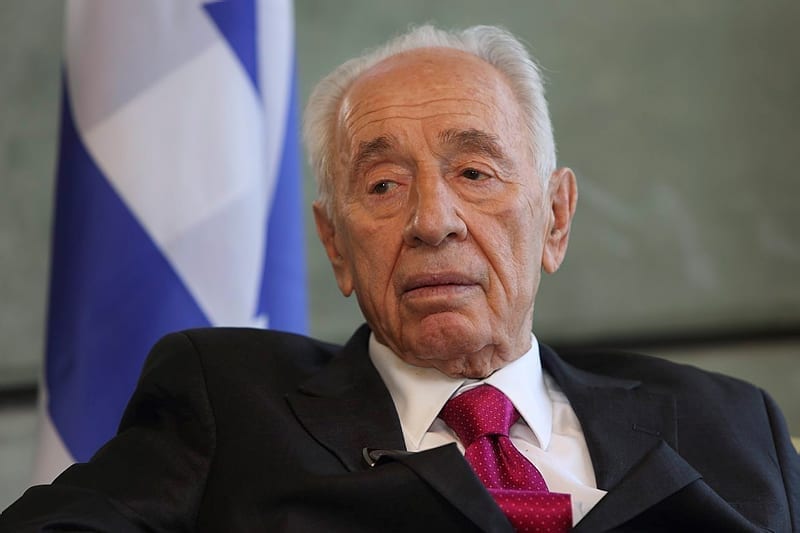Will an Israeli revolution in medical care for the North come from a third grader? Yael Levi a third grader from Ramat-Gan wrote to the health minister, Rabbi Yaakov Litzman in which she explains her solution to the lack of medical attention available in the North. This is what she wrote:
“To the honorable Minister of Health, (Mr.) Yaakov Litzman,
Greetings! My name is Yael Levi and I live in Ramat-Gan and learn in third grade. I listened to the news with my mother and I understood that there’s a shortage of doctors in the North, for example there is one dermatologist in Northern Israel. My mother explained to me that doctors prefer to live and work in Central Israel, so I have an idea that may succeed.”
“Doctors living and working in Central Israel should work one day a week in the North. In this way Northern residents can get suitable medical attention without waiting a long time. Doctors living and working in Central Israel can stay where they are and not lose income.”
The health minister replied to her letter with the following:
“To Yael Levi, Greetings!
I confirm that I received your letter. The idea you wrote me is wonderful and I will investigate it with authorities in my ministry. I thank you for taking the time out for this important matter.”

The Ministry of Health commented that this letter strengthened the understanding that there’s a great need to upgrade the medical attention needed in the North, and recently we approved a plan totaling hundreds of millions of shekels for this purpose.





